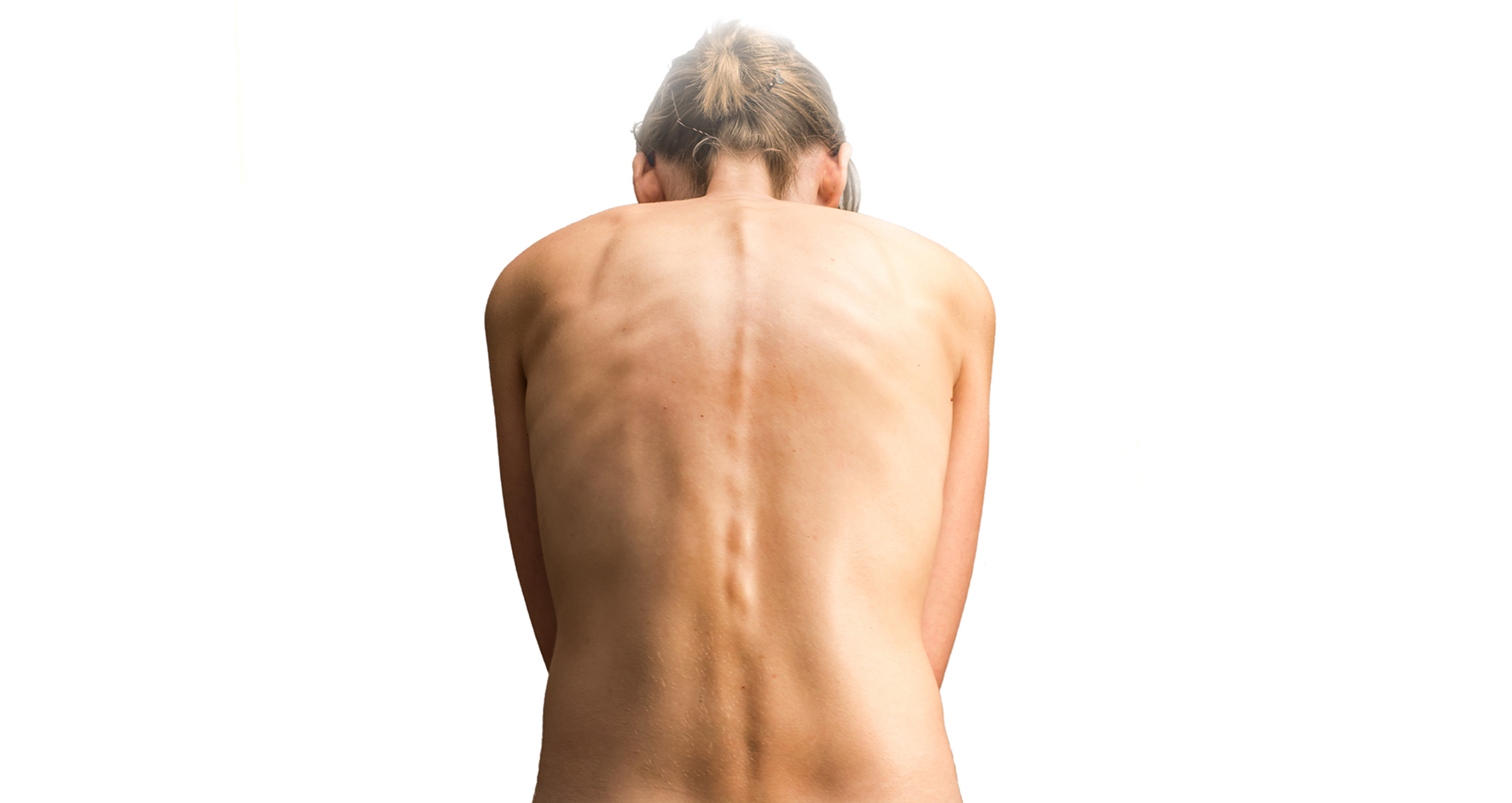 Scoliosis is a condition characterised by a sideways curvature of the spine that exceeds 10 degrees. There are 3 main types of scoliosis, congenital, neuromuscular and idiopathic. In around 80% of cases, the cause of scoliosis is not known, this is referred to as idiopathic. Idiopathic scoliosis is divided into a 3 subcategories:
Scoliosis is a condition characterised by a sideways curvature of the spine that exceeds 10 degrees. There are 3 main types of scoliosis, congenital, neuromuscular and idiopathic. In around 80% of cases, the cause of scoliosis is not known, this is referred to as idiopathic. Idiopathic scoliosis is divided into a 3 subcategories:
- Infantile is diagnosed in children between birth and 3 years of age. Infantile scoliosis accounts for fewer than 1% of all paediatric cases
- Juvenile is diagnosed in children between 3 to 9 years of age. Juvenile scoliosis accounts for between 12% and 20% of all paediatric cases
- Adolescent is diagnosed in children between the ages of 10 and 18 years old and is the most prevalent age group.
Neuromuscular scoliosis is different and is associated with neuromuscular conditions such as Cerebral Palsy, Duchenne’s Muscular Dystrophy and Spinal Muscular Atrophy. Neuromuscular curves tend to progress much more quickly compared with idiopathic scoliosis, and are much more likely to produce curves that continue progressing into adulthood. These curves are usually the result of muscle imbalance and lack of trunk control.
Congenital scoliosis occurs very early on in development and is usually caused by vertebrae that are not properly formed
For all types of scoliosis, in addition to a visible-curved spine, symptoms include:
- A pronounced leaning posture to one side
- Shoulders at an uneven level
- Uneven waist and/or hips
- A protruding rib cage on one side
- Back pain (this symptom is more common in adults with scoliosis)
- Difficulties in breathing and feeding
In rarer cases where spinal curvature is severe, there can be complications. These include:
- Damage to the heart and lungs. If the rib cage presses against the lungs and/or heart, it can impair their function
- Severe pain. Adults who had scoliosis in their childhood are more likely to suffer with chronic back pain than the general population
- Low self esteem. As the symptoms of sever scoliosis are especially noticeable, some people with the condition can become very self-conscious about their appearance and develop feelings of low self esteem.
There are various types of treatment to help manage scoliosis and these treatments will depend on the patient's age, the severity of the curvature, the type of scoliosis and the likelihood of it progressing over time. Many factors have to be considered in an individual patient to determine the best treatment plan. Made-to-measure dynamic compression garments or SDO® garments, help limit the curve progression and manage the patients pain. The flexible material offers an increase in comfort and the dynamic aspect helps to encourage muscle activation and motor learning/relearning.
Wearing custom dynamic compression garments from Jobskin® can result in many therapeutic benefits for people with scoliosis. Find out more on our website.